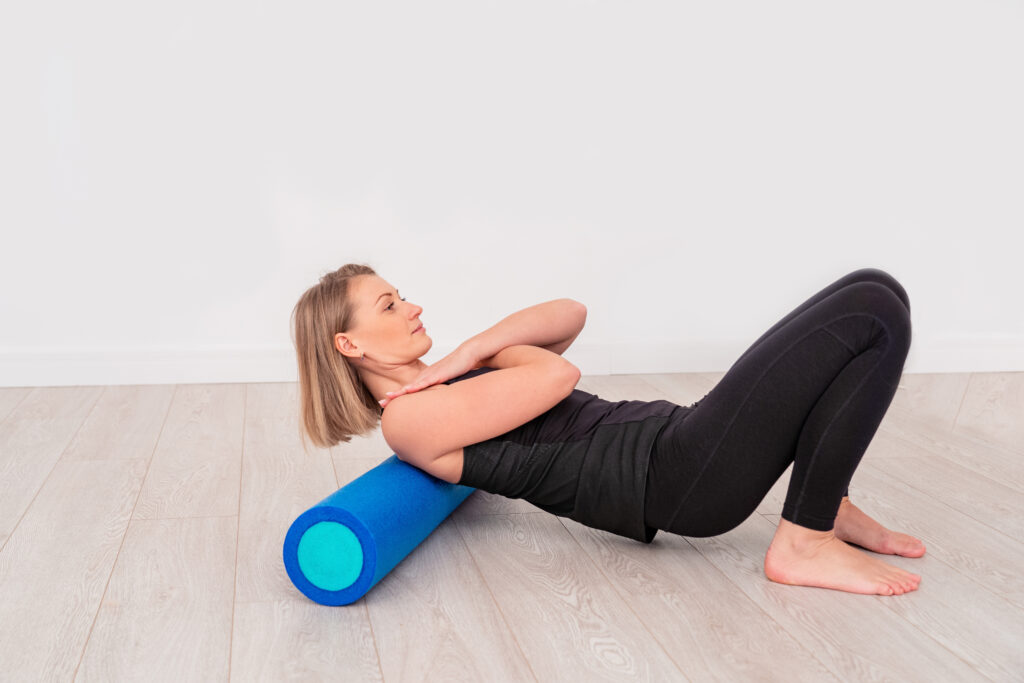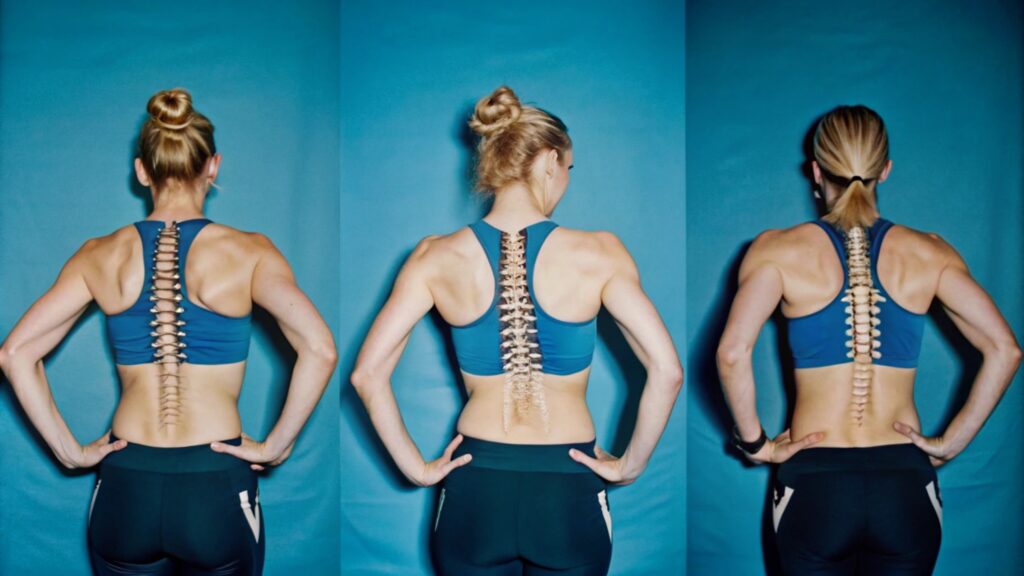How to Maintain a Strong and Mobile Spine Through Exercise and Aging
The spine plays a central role in your overall mobility and functionality, but it often becomes prone to stiffness, pain, and injury as we age. Maintaining spinal health requires a balanced approach involving proper exercise, mobility routines, and recovery techniques. Here’s everything you need to know to preserve a strong, functional, and mobile spine, along with scientific insights into common practices like foam rolling.
Exercises that Load the Spine: What You Need to Know
Exercises that place significant load on the spine, such as the deadlift and squat, are foundational in strength training and functional fitness. While these moves can be demanding, they are incredibly effective in building a resilient and robust spine when performed correctly.
1. Deadlift
The deadlift is one of the best exercises for strengthening the muscles that support your spine, including the erector spinae, glutes, hamstrings, and core. However, improper form—such as rounding the back or overextending—can lead to spinal injuries. Use a manageable weight and focus on proper alignment to protect your lower back.
2. Squat
Squats not only target the legs but also challenge the spine by requiring core stabilization under load. Back squats, in particular, place axial loading on the spine, making core engagement and proper technique crucial. Front squats can reduce spinal load while still engaging the core.
3. Overhead Press
The overhead press puts vertical load on the spine, requiring strong shoulder, core, and spinal stability. Maintaining proper posture and avoiding excessive leaning are key to preventing injury.
Daily and Weekly Practices for a Functional Spine
Consistency in your exercise and recovery routine is essential for maintaining a functional spine.
1. Core Strengthening Exercises
A strong core is vital for spinal stability. Incorporate exercises like:
- Planks: Targets deep core muscles without adding stress to the spine.
- Bird Dogs: Improves spinal control and stability.
- Side Planks: Strengthens obliques and lateral stabilizers.
- McGill Core Routine: Improves core stability
2. Mobility Work
Daily mobility exercises can help keep the spine limber and prevent stiffness:
- Cat-Cow Stretch: Promotes spinal flexibility and improves posture.
- Thoracic Rotation: Enhances mobility in the upper spine.
- Cobra Stretch: Encourages lumbar spine extension and relieves tension.
3. Weekly Strength Training
Incorporate full-body strength training that includes spine-loading exercises like squats and deadlifts. Balance these with pulling exercises, such as rows and pull-ups, to ensure postural muscles are equally strengthened.
4. Stretching and Recovery
Stretching after exercise reduces stiffness and improves flexibility. Focus on hamstrings, hip flexors, and the lower back.

Does Foam Rolling Help or Hurt Spinal Health?
Foam rolling is a popular recovery tool, but its effectiveness for spinal health requires context.
Benefits of Foam Rolling
Foam rolling can help release tension in muscles surrounding the spine, such as the erector spinae and lats. It may also improve blood flow and reduce muscle soreness after exercise.
Potential Risks
Directly foam rolling the spine can be risky, as it may apply uneven pressure to vertebrae. Instead, focus on rolling the muscles alongside the spine. Using a soft roller and avoiding excessive pressure can also reduce risks.
Recommendation
Incorporate foam rolling as part of your recovery routine but avoid rolling directly on your spine. Emphasize muscles like the glutes, hamstrings, and thoracic region for indirect spinal benefits.
Spinal Health Tips for Aging Adults
As you age, the risk of spinal issues increases due to natural degenerative changes, such as disc thinning and reduced flexibility. However, regular activity can slow this process:
- Stay Active: Avoid prolonged sitting. Take breaks to walk and stretch.
- Prioritize Posture: Use ergonomic chairs and maintain proper posture while working or exercising.
- Hydrate: Intervertebral discs need hydration to maintain their cushioning properties.
- Listen to Your Body: Avoid pushing through pain, and modify exercises as needed.
Conclusion
Maintaining a strong, mobile spine requires a combination of spine-friendly exercises, daily mobility work, and proper recovery practices. Strength training exercises like deadlifts and squats, when performed correctly, can bolster spinal health, while foam rolling can aid recovery when used appropriately. As you age, adopting a consistent routine focused on core stability, flexibility, and hydration will help keep your spine functional and pain-free for years to come.
Scientific References
- Schoenfeld, B. J., & Grgic, J. (2020). Effects of resistance training on the lumbar spine. Journal of Strength and Conditioning Research.
- Behm, D. G., et al. (2016). Foam rolling: Potential benefits and considerations. Strength and Conditioning Journal.
- McGill, S. M. (2007). Low back disorders: Evidence-based prevention and rehabilitation. Human Kinetics.
- Ahern, D. K., et al. (2008). Physical activity and spinal health. The Spine Journal.
- Yamamoto, J., et al. (2014). The impact of hydration on intervertebral disc health. Clinical Biomechanics.
Stay Strong Together
If you’re serious about nutrition, building muscle and reaching your fitness goals in 2025, then the Jefit app is the perfect tool to help get you there! With over 20 million downloads and more than 12 million bodybuilders using the app to track their workouts, Jefit is the ultimate strength training companion. Rated as the 2024 Best App and featured by top publications like Men’s Health, PC Magazine, and USA TODAY. Jefit boasts 42,000+ five-star ratings for its user-friendly design and comprehensive features. Whether you’re focused on protein intake, building strength, or tracking your progress, Jefit has everything you need to succeed. Download Jefit today and join millions of fitness enthusiasts transforming their bodies!
- Why Recovery Time Between Sets Matters for Muscle Growth - July 9, 2025
- Is Added Sugar OK After a Workout? - July 7, 2025
- AMRAP Workouts: Is it Worth the Effort? - July 4, 2025
